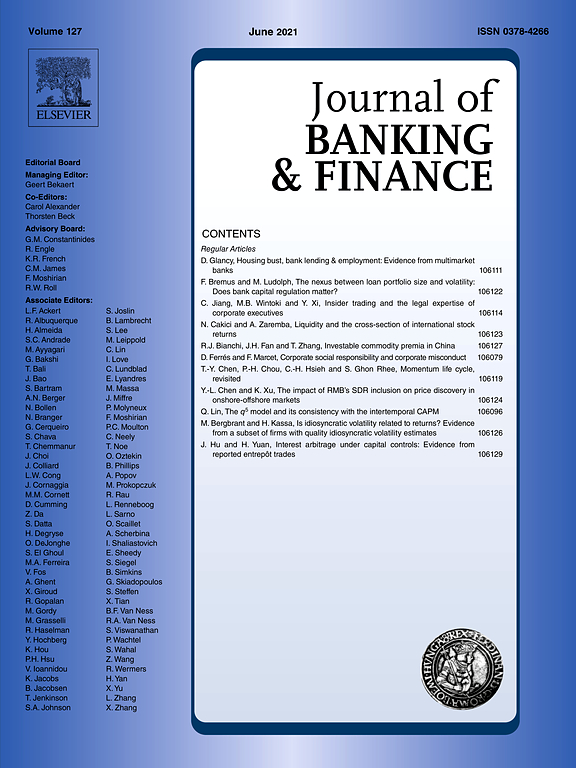
Bank-specific Shocks and the Real Economy
Government interventions into the financial system in the form of bail out operations or liquidity assistance are often justified with the systemic importance of large banks for the real economy. In this paper, we test whether idiosyncratic shocks to loan growth at large banks have effects on real GDP growth. We employ a measure of idiosyncratic shocks which follows Gabaix (2009). He shows that idiosyncratic shocks at large firms have an impact on GDP growth in the US. We apply this idea to the banking sector. We find evidence that changes in lending by large banks have a significant impact on GDP growth. This effect is mostly driven by episodes of negative loan growth rates and by the Eastern European countries in our sample.





